Contents
One:
Two:
Three:
Four:
Five:
Six:
Seven:
Eight:
Authors Introduction
L ove. Amour, ishq, hubb, amor, pyar. All these are words in my lexicon to describe something delicious and mundane, irresistible and sublime. Love inspires great actions, absurd choices, and inexplicable consequences. It directs lives and it makes or breaks hearts. It can arbitrate between life and death, and it can connect the body to the soul and join them with lightning. It is the essence of the human condition.
Civilizations do not clash over whether love exists or not. They may differ about what or who should be the object of love. They fight over the same lover. They disagree about how love should be conducted. But love, Love with a capital L, lies deep within every psyche and culture, and fills books with laments and odes in languages and paradigms from the beginning of time. In this modern day, when only what we see is allowed to have certainty, and when scientific data seems to hold the trump card for truth, when only what can be measured exists, love defies all of these strictures and dances joyfully before the eyes of human beings teasing them with the promise of the unknown.
Love has been lost to our generation, diluted to ravishing and romance. We ask it to sustain us on a constant high and we feel betrayed and rejected when the adrenaline rush subsides into comfortable companionable love. We have shackled love by limiting its reign to the arena of candlelit meals and moonlit walks. When we talk of love in public, we have now diminished it. I wish for us to reclaim love for our society as a conscious and connected virtue of vast expanse and immense greatness. We each know inside us that love relates to friends, advisers, parents, and those we live among. It takes patience, dedication, and selflessness. Some, like me, may also feel that it connects them to the Divine, the Creator who has no shape, place, or time, but who simply is.
The likelihood of a Muslim talking about love in public is small. But like most societies and cultures, Muslims are obsessed with it. In fact, Muslim men and women spend a large proportion of their time wondering where on earth to find a partner. Finding that special someone is so critical to the fabric of Muslim existence, that almost everyone is involvedparents, siblings, aunts, uncles, Imams, even neighbors.
Beneath the translucent veils of Muslim women lie beating hearts, dreams of love, imaginations replete with fairy tales and princes, of happily ever after. Hidden behind the often misleading headlines of terror and destruction that are said to be in the name of Islam are Muslims: ordinary normal people who share that one thing that exalts human beings and connects the sublime within us to our mundane livesthat thing called Love.
Muslim women have many stories to tell. Some of these are horrific. The suffering, oppression, and abuse that some women face in the name of religion, but which in reality is driven by culture and power, must never be forgotten and has to be stopped. I feel a double distress, sharing their pain as sisters in faith but also seeing the beauty of my religion misappropriated, misrepresented, and abused to serve inhumane ends.
Stories like mine have remained unheard, as they do not fit neatly with prevailing stereotypes that tell tales of Islams oppression or of those rejecting Islam. Nonetheless, such stories are just as crucial to our understanding of what it means to be a Muslim woman. Not every Muslim woman is subjected to a forced marriage, kidnapping, or imprisonment. We are not one-dimensional creatures hidden behind black veils. Many Muslim women, like me, find Islam to be a positive, liberating, and uplifting experience. We love our lives all the more for it. My account is dedicated to all Muslim women, so that humor, hope, and humanity can once again become part of our story.
Muslim women come in many shapes, colors, and flavors, and my story is simply the tale of one womans experience. Hidden within my story are the human passions and hopes of many Muslims, both men and women, and of human beings of other faiths and no faith at all, all of whose own searches for love may have been as perilous, heartbreaking, and entertaining as mine.
The search for love is a journey to find many different things. It is the search for a partner and companion, for the excitement of romance. It is also the search for a cherisher, for someone to nurture or someone to be nurtured by. It is a search for meaning, for the knowledge that you have achieved something, for a momentary acknowledgment or for immortality of your name. Love can be the name of the escape from the physical into the spiritual or from the mental into the carnal. The search for love is a resolute journey: to find out what it means to be human, and to share that humanity.

ONE
The First TimeGood Headscarf Day
S amosas are frying in the kitchen, teetering between perfect bronze and cinder black. My mother is concentrating on the huge pan of bubbling oil, her hair wrapped up in an old towel, her mind focused on those who are about to arrive. They are important guests, perhaps the most important ones yet.
The doorbell rings. I am flicked upstairs with a tea towel. There is panicked scuttling around the house. Cushions are plumped. Curtains are adjusted. The kitchen door slams shut and my father is assailed by a cacophony of shrieking voices: Theyre here! Theyre here! Open the door! The house becomes acutely still. The lilies in the living room stand poised. My father, unflustered, strolls toward the front door and swings it open to face the man who might be his future son-in-law.
This is the first time that my family and I are to be formally introduced to a suitor. Choosing what to wear has been a struggle. I have to be attractive enough for the man in question, yet modest and demure enough for his family. The contents of my headscarf drawer are strewn colorfully across my bedroom floor in molehills of pink, purple, blue, and green. Each scarf has been carefully draped and pinned in turn, and then analyzed for aesthetics and impact. I choose one in dusky pink silk. The color is soft and welcoming, feminine but not girly. I fold the square silk in half and place the triangle over my hair, pinning it invisibly under my chin and throwing the ends loosely in opposite directions. The fabric delicately swathes itself over my hair and shoulders. Fortunately, I am having a Good Headscarf Day.


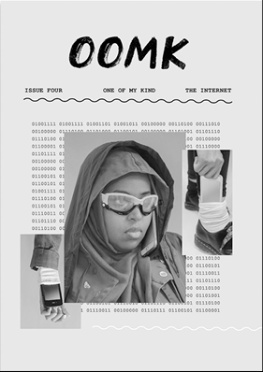

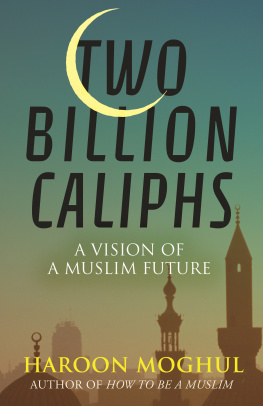
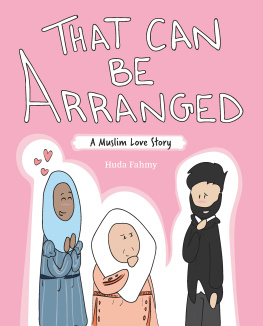
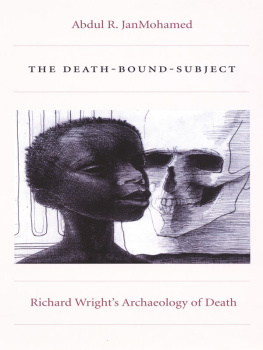
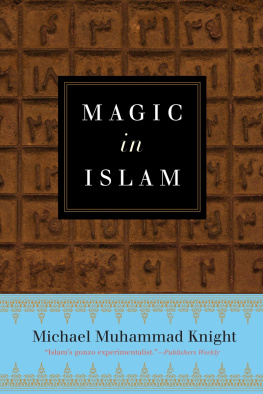
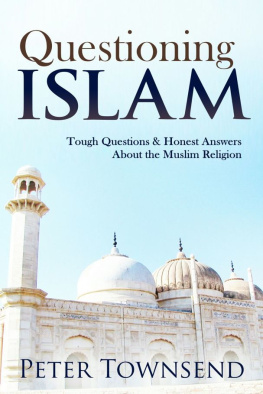
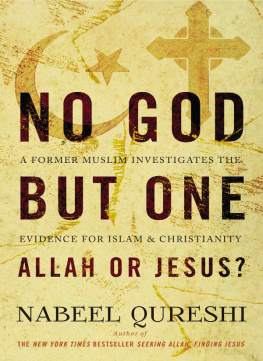
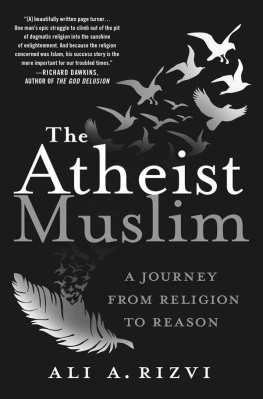
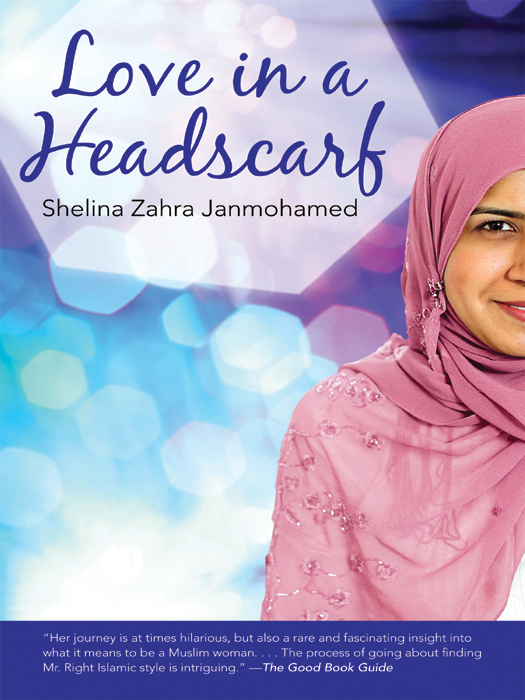
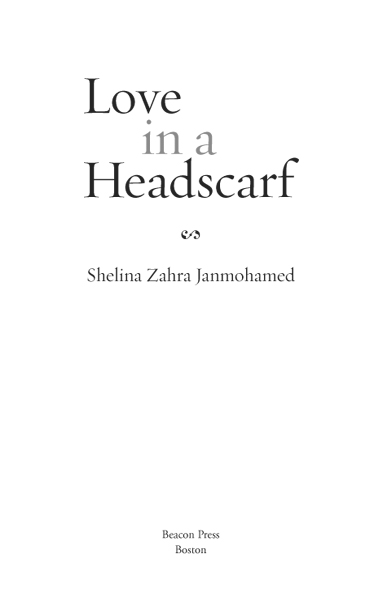
 ONE
ONE